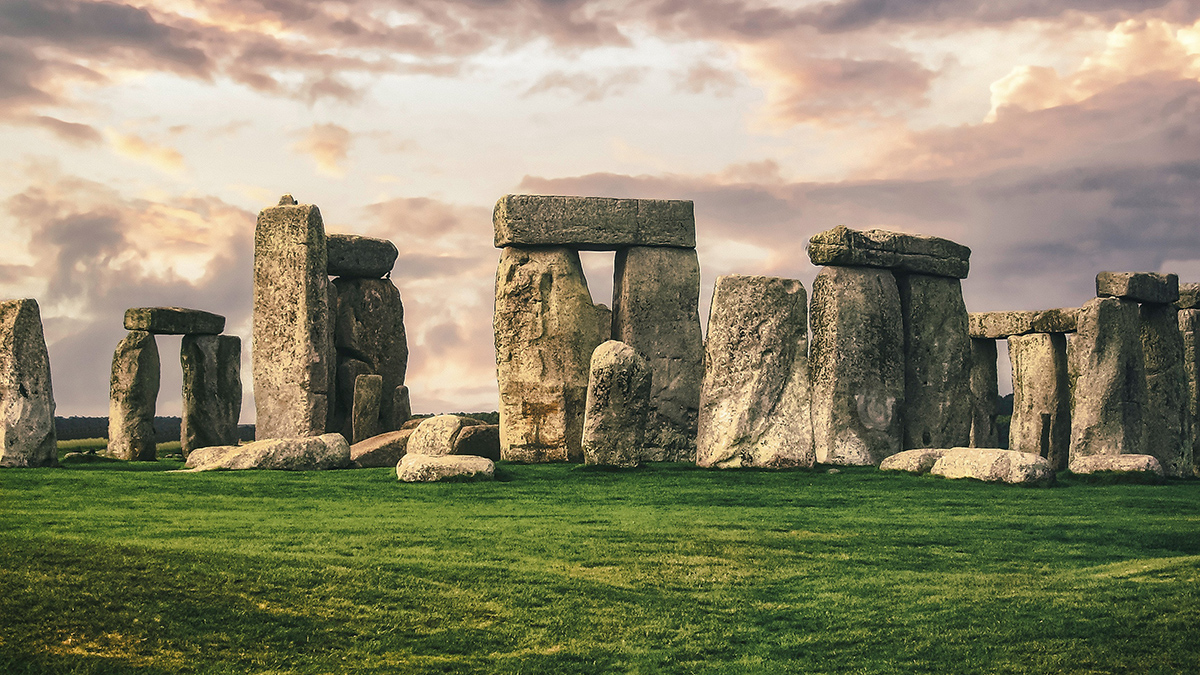New research unearths the Scottish origin of Stonehenge’s Altar Stone and its 750-kilometer journey to Salisbury Plain.
Stonehenge
Posted inNews
Tecnología de punta, serendipia y los secretos del Stonehenge
El primer análisis exhaustivo de lo qué están hechas las piedras sarsen se produjo con nueva tecnología y buena suerte a la antigua.
Posted inNews
State-of-the-Art Technology, Serendipity, and Secrets of Stonehenge
The first comprehensive analysis of what the sarsen stones are made of came about with new technology—and good old-fashioned luck.



